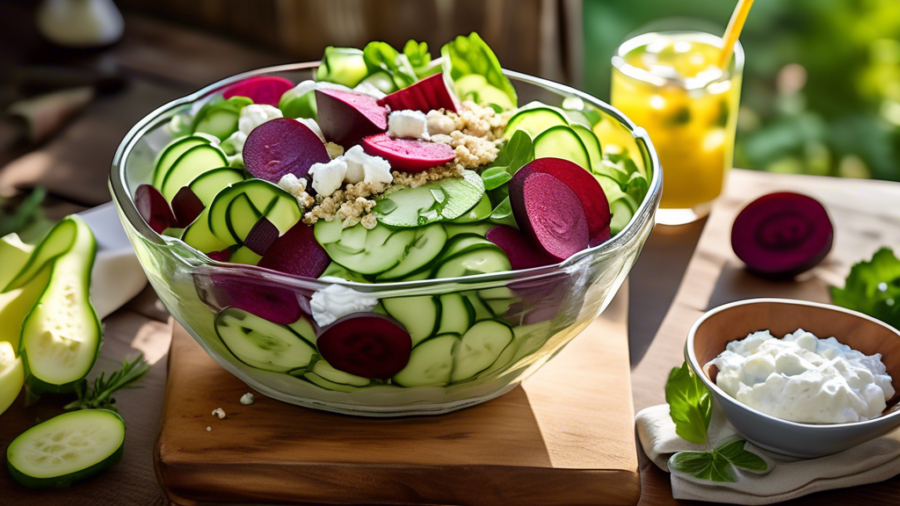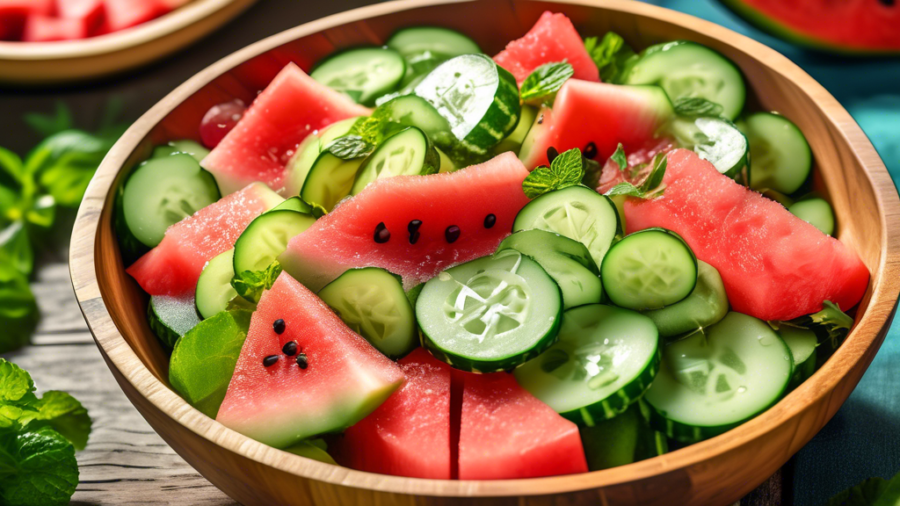Discover the refreshing benefits of a cucumber and chia seed drink! Packed with hydration, nutrients, and a hint of flavor, it’s the perfect healthy boost.
Refreshing Cucumber and Lime Spritzer Recipe
Quench your thirst with a refreshing cucumber and lime spritzer! Easy to make, this drink is the perfect blend of cool, crisp flavors for a hot day. Try it now!
10 Effective Strategies for Staying Cool Indoors During a Heat Wave
Beat the heat! Discover 10 effective strategies to stay cool indoors during a heat wave. Tips for comfort, energy savings, and staying refreshed all summer long!
Refreshing Cucumber and Cantaloupe Smoothie Recipe
Blend up a refreshing cucumber and cantaloupe smoothie! This hydrating, nutrient-packed recipe is perfect for a quick, healthy boost. Deliciously smooth and easy to make!
Refreshing Cucumber and Beet Salad with Goat Cheese
Try our refreshing cucumber and beet salad with goat cheese! This vibrant, tangy dish is perfect for any meal, packed with flavor, and easy to make. Healthy & delicious!
Refreshing Cucumber and Watermelon Salad Recipe
Discover a quick and easy cucumber and watermelon salad recipe! This refreshing mix is perfect for hot days, bursting with flavors and healthy goodness. Try it today!
Beat the Heat: 10 Tips for Keeping Your Home Cool This Summer
Stay cool this summer with our top 10 tips for beating the heat at home. Learn easy, effective ways to keep your space comfortable during hot weather.”
How These 4 Heroes Remained Calm Under Pressure: Motivational Stories
Explore inspiring stories of 4 heroes who stayed calm under pressure. These motivational tales reveal the power of resilience and courage in tough times.
Refreshing Cucumber and Lentil Salad Recipe
Discover a deliciously refreshing cucumber and lentil salad recipe! Perfect for a light meal, this easy dish is packed with fresh flavors and nutritious ingredients.
Top Sustainable Living Tips for a Greener Future
Explore the best sustainable living tips for a greener future! Learn simple, eco-friendly habits to reduce your carbon footprint and live more sustainably.










